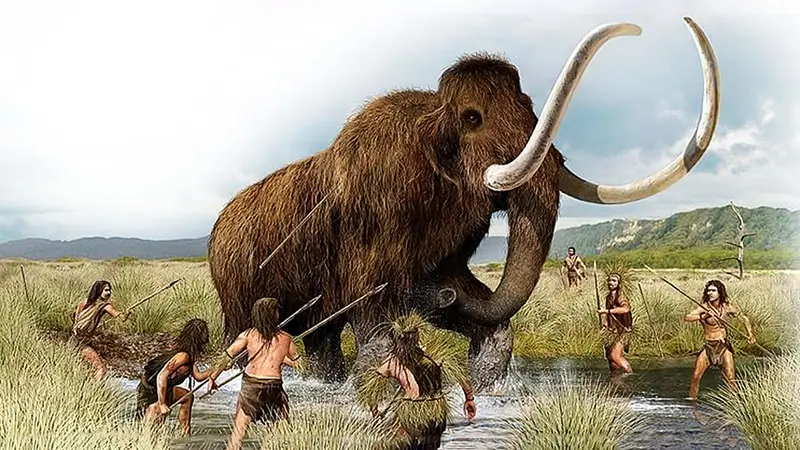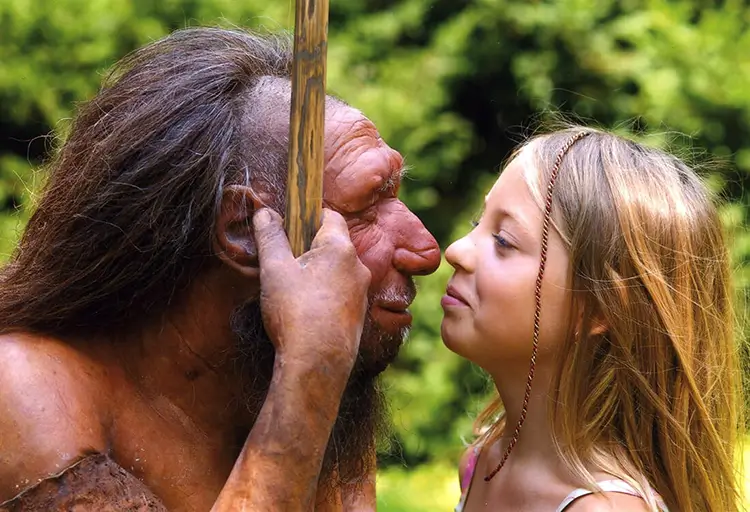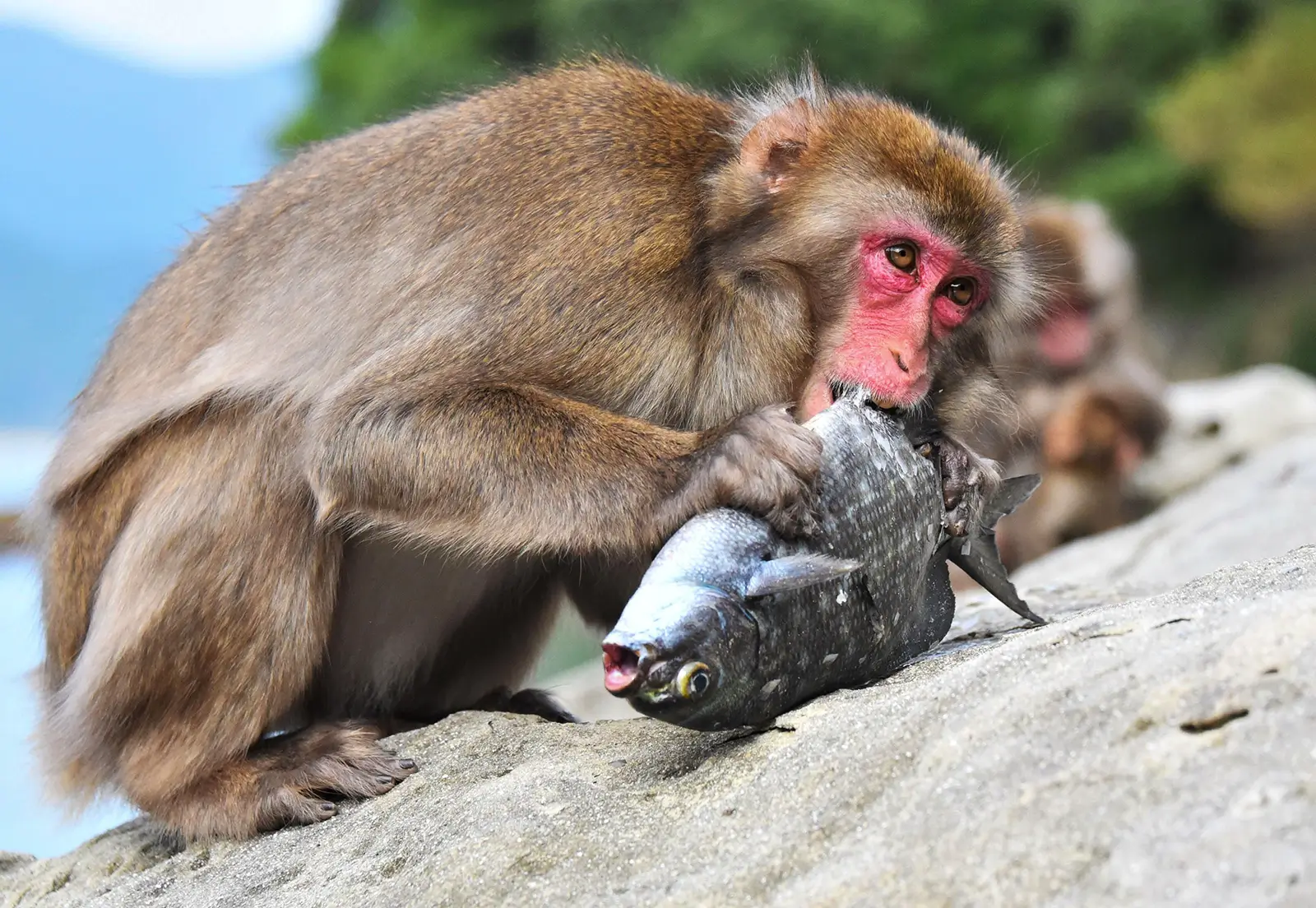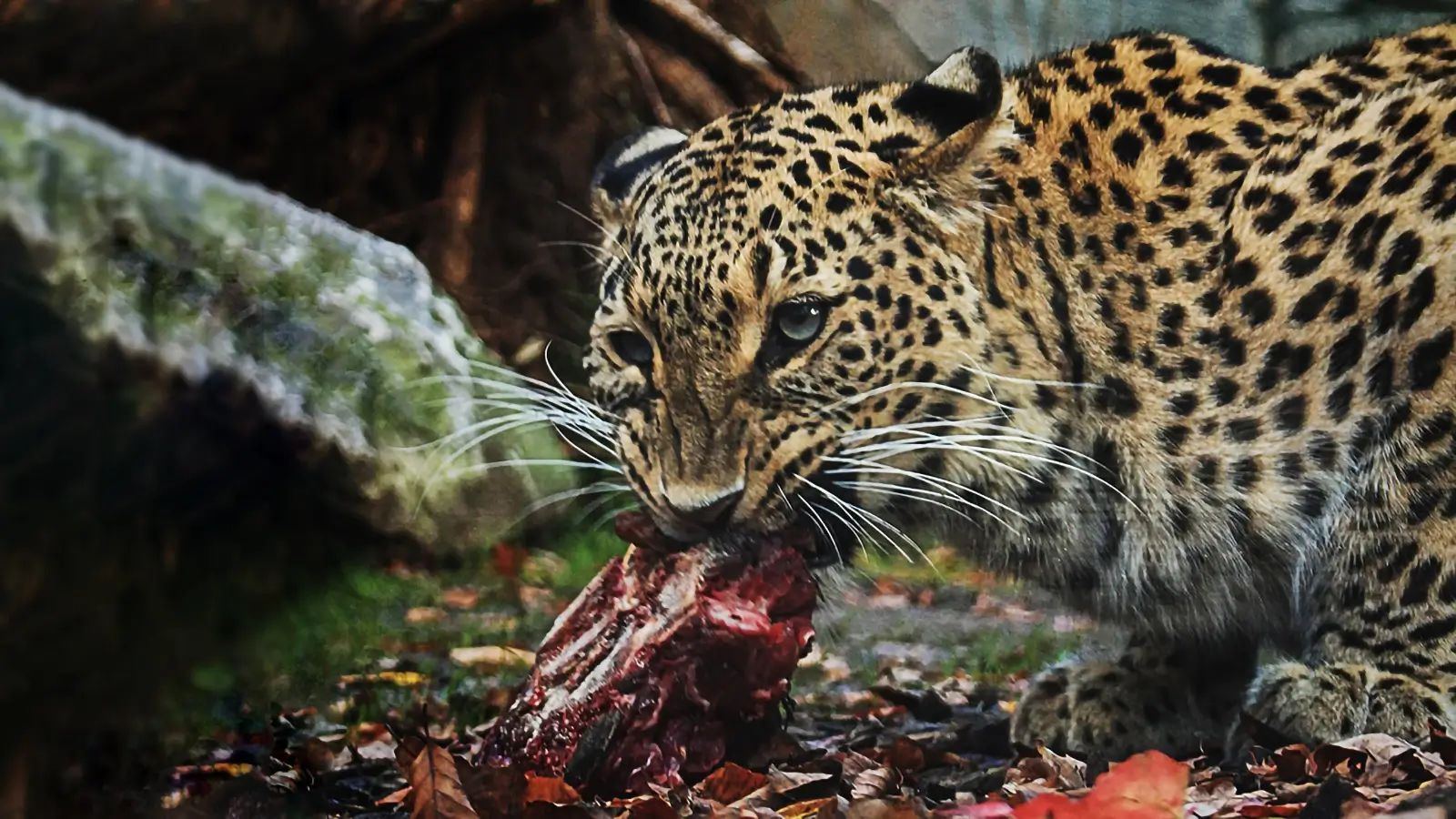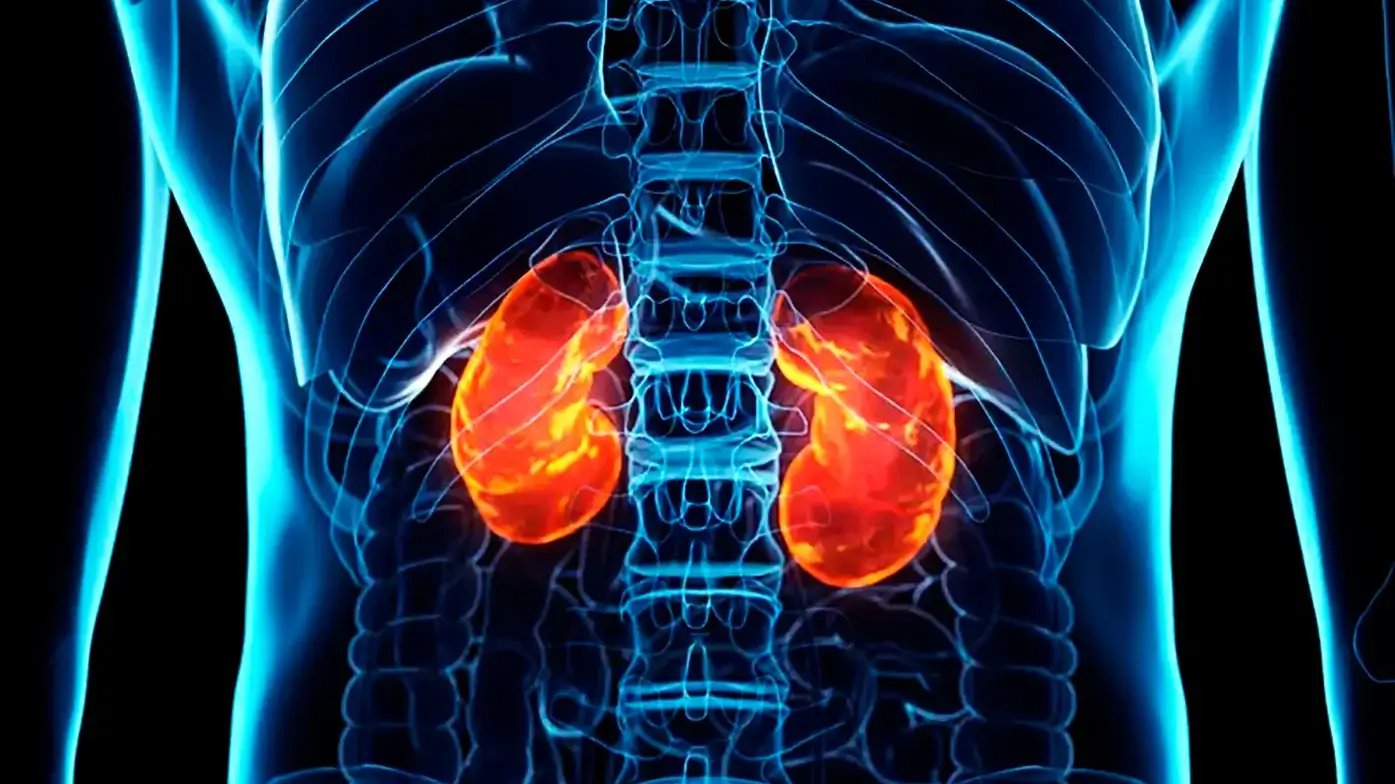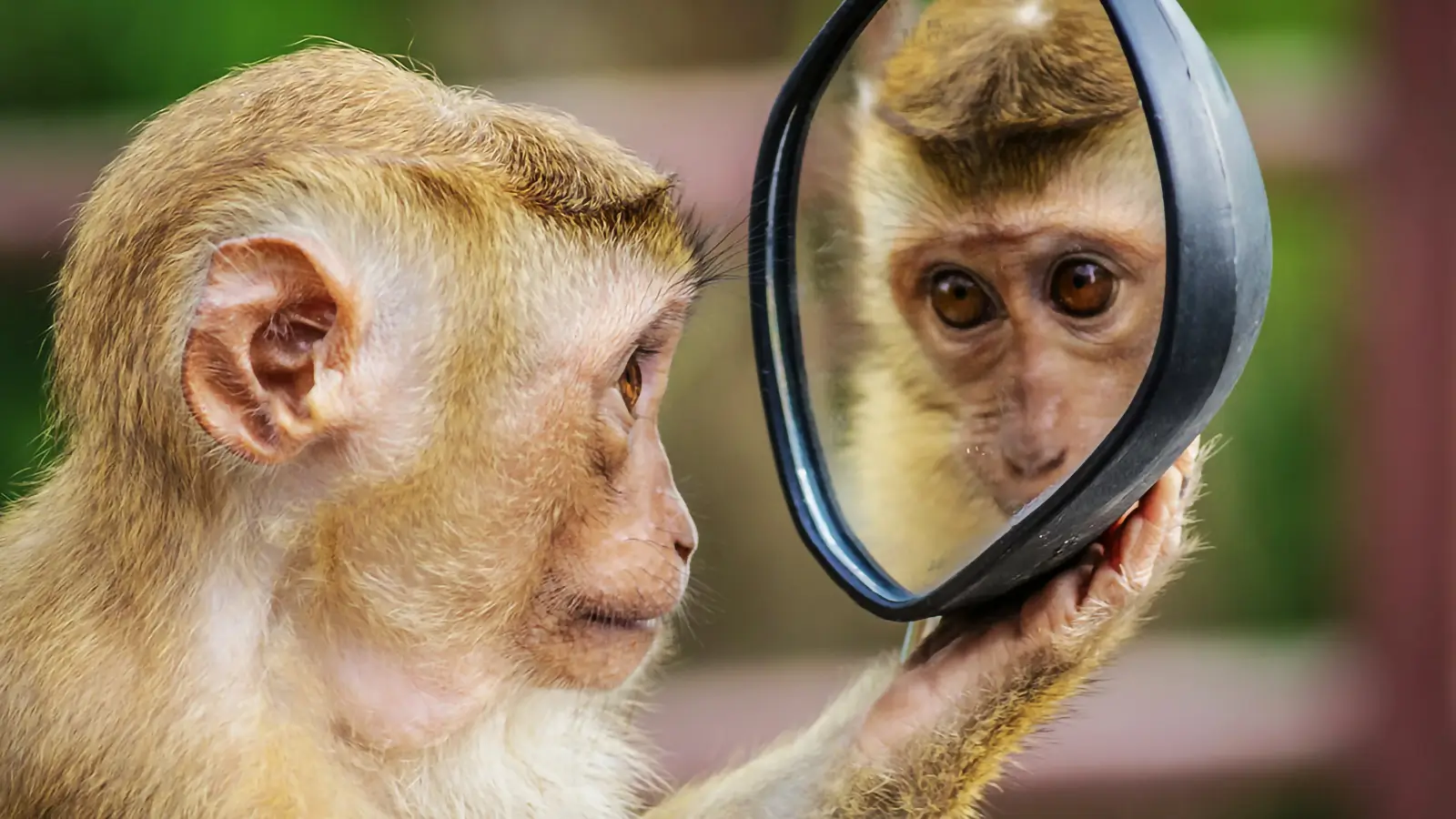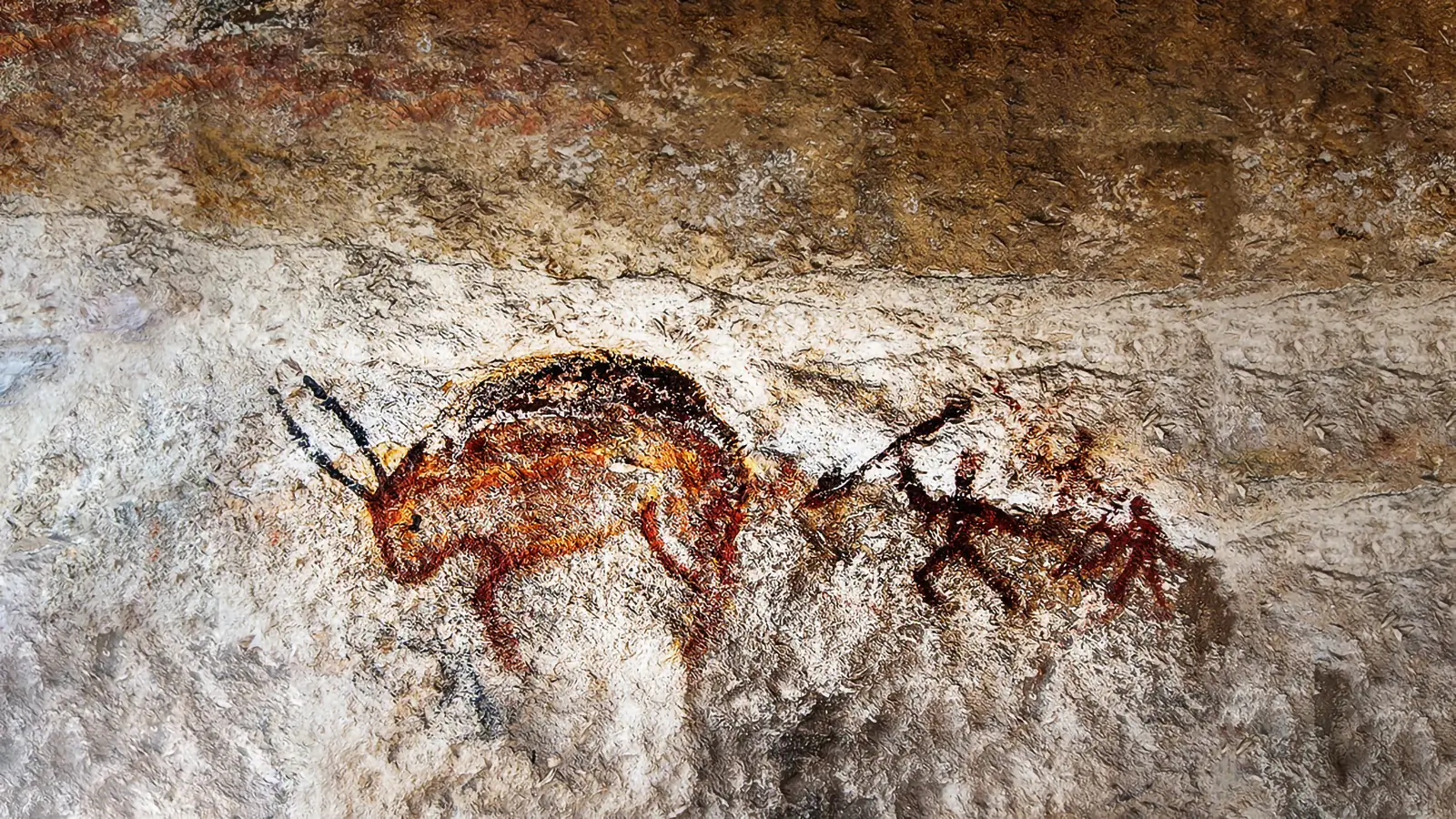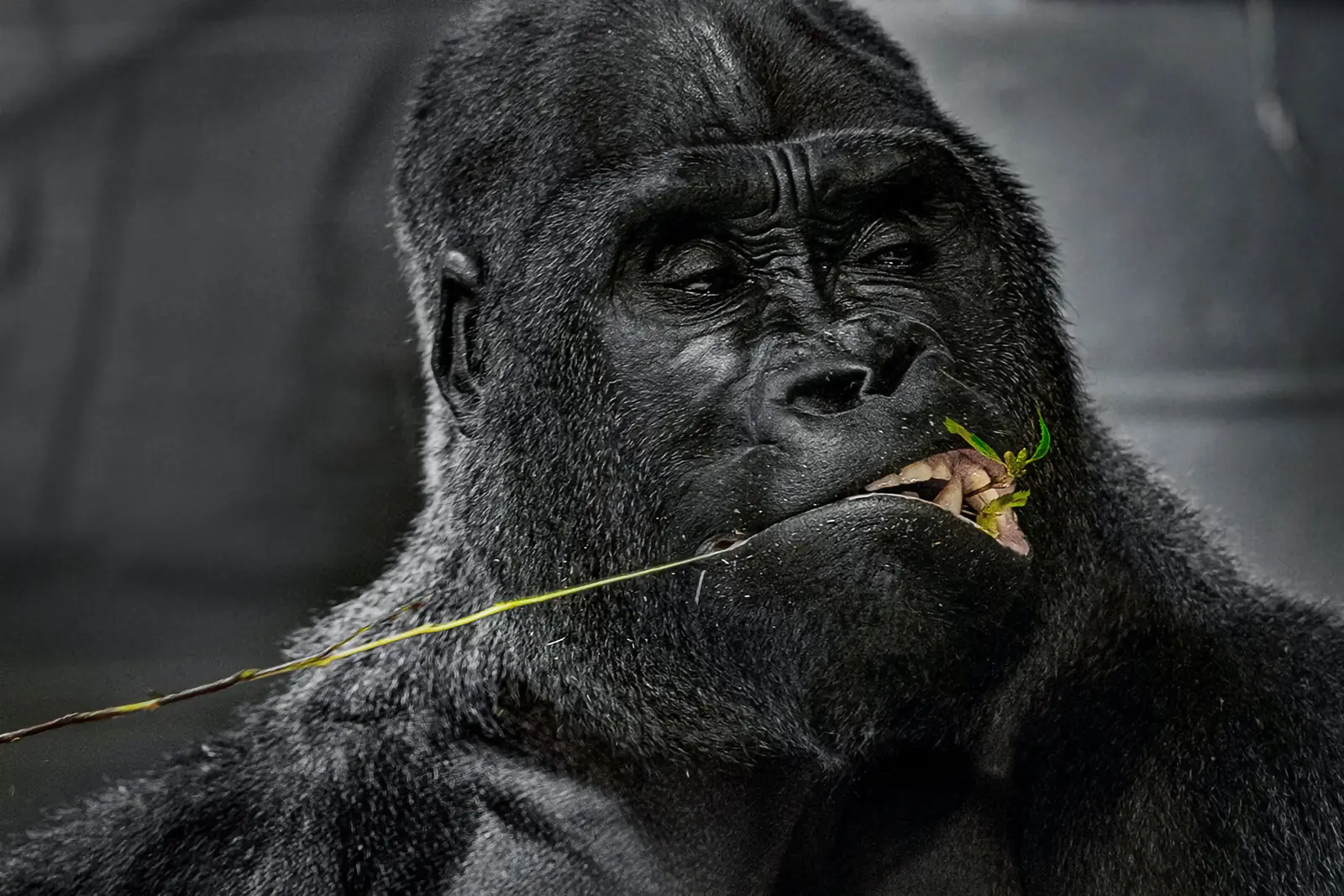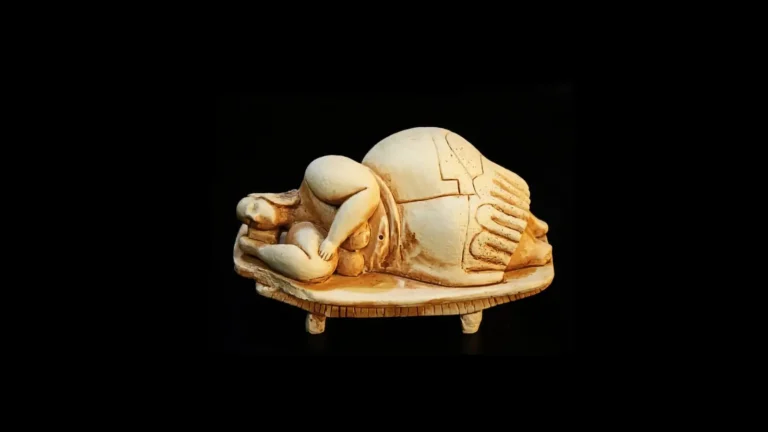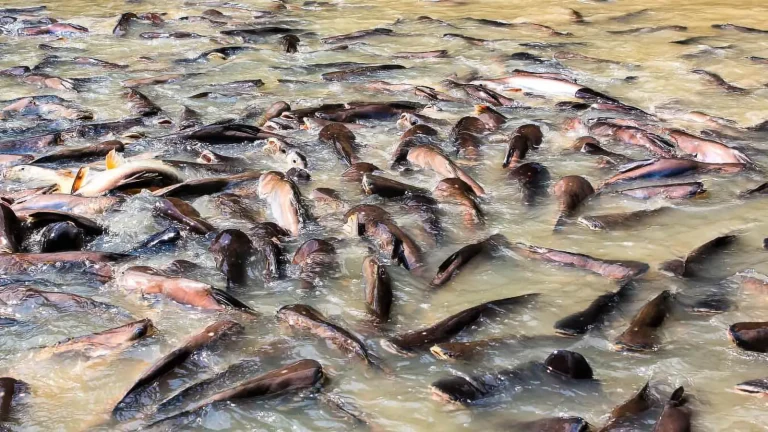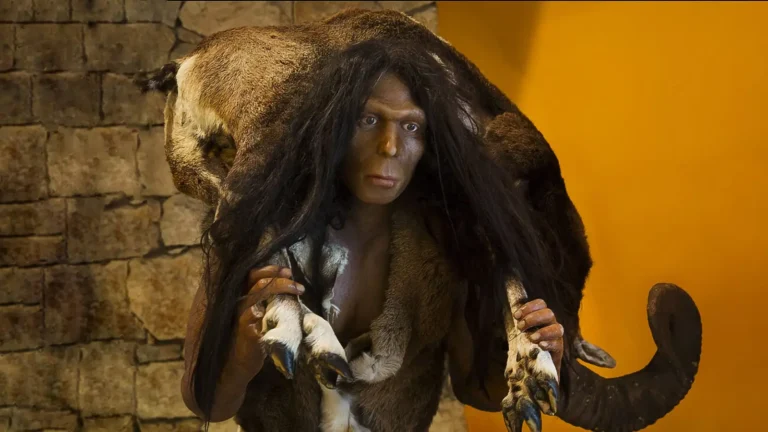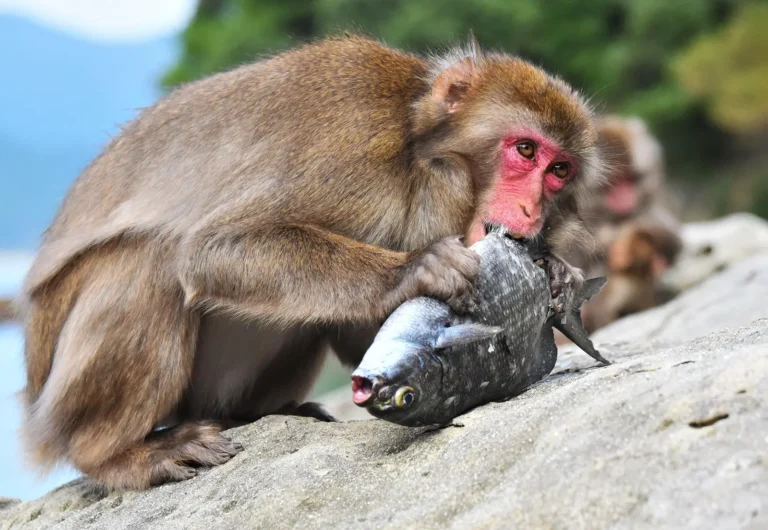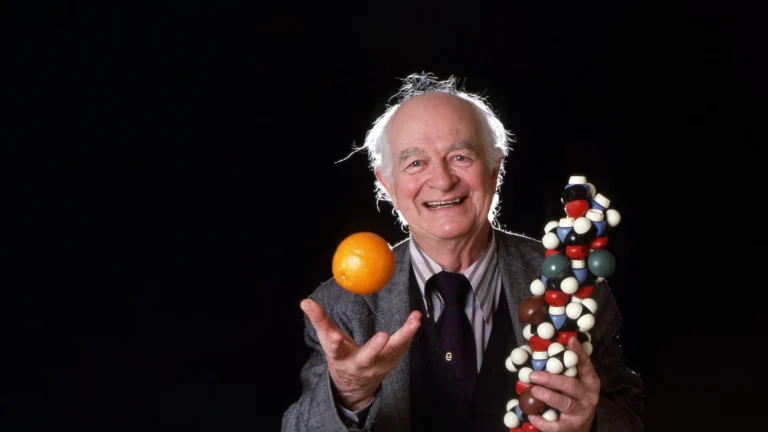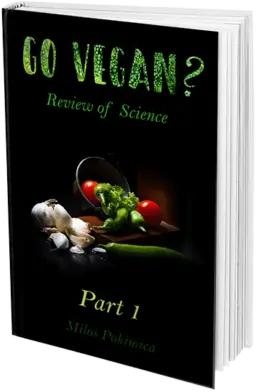Vegane Neandertaler? Die Wahrheit Uber die Echte Neandertaler Diät
Eine typische Darstellung von Neandertalern zeigt, wie sie das Wollhaarmammut töten. Ein Zahnbelag erzählt jedoch eine andere Geschichte über die Ernährung der Neandertaler
Milos Pokimica
Geschrieben von: Milos Pokimica
Medizinisch Begutachtet Von: Dr. Xiùying Wáng, M.D.
Aktualisiert am 9. Juni 2023Die stereotypische Darstellung von Neandertalern zeigt, dass sie das Wollhaarmammut töten. Es gibt archäologische Beweise, die die These stützen, dass die Ernährung der Neandertaler sogar auf dem gleichen Niveau fleischfressend war wie die der Eisbären, zu denen auch Mahlzeiten gehörten, die schwere Pflanzenfresser wie das Wollmammut, das Rentier und das Wollnashorn enthielten.
Die Zähne des Neandertalers erzählen jedoch eine andere Geschichte. Anhand von Zahnbelag werden die im Zahnbelag konservierten Stärken und Proteine analysiert. Bei der Untersuchung lassen die Abnutzungsmuster der Zähne auf eine abwechslungsreiche Ernährung schließen. Auch die Ernährung variierte je nach Standort mit erheblichen regionalen Unterschieden. In einigen Gebieten deuten Studien darauf hin, dass Neandertaler hauptsächlich Pflanzen konsumierten, möglicherweise auch medizinische.
Die bedeutende Entdeckung kam, als Wissenschaftler die Überreste von Neandertalern aus El Sidrón, Spanien, analysierten. Die Neandertaler aus El Sidrón zeigten keinerlei Anzeichen von Fleischkonsum. Kein kleiner Betrag, sondern eine komplette Nullrunde. Statt Fleisch erhielten sie Kalorien aus pflanzlichen Nahrungsmitteln aus dem Wald. Der Zahnbelag war mit Resten verschiedener Arten von Nüssen, Pilzen und Moos gefüllt. Neandertaler-Veganer, wie könnte das in das typisch akzeptierte Bild passen? Was ist mit Protein und B12?
Zahnbelag ist ein sehr nützliches Werkzeug, da er genetisches Material aus der Nahrung von Tieren für Analysen konservieren kann. Laura Weyrich von der Universität Adelaide und ein Forscherteam konnten einen erstaunlich genauen Blick darauf werfen, welche Pflanzen- und Tierarten die Neandertaler gegessen hatten. Sie analysierten drei Proben. Zwei der gewonnenen Fossilien stammten aus der El Sidrón-Höhle in Spanien, darunter der potenzielle Aspirin-Popper, während eine aus der Spy-Höhle in Belgien stammte (Sidrón-Höhle- Wikipedia). Die Analyse bewies erneut die vollständige Vielfalt der Nahrung in Abhängigkeit von der Ökologie des lokalen Lebensraums, was im Einklang mit der Theorie der optimalen Nahrungssuche (OFT) stand.

Die Ernährung der Neandertaler war im Grunde genommen nicht existent. Die Ernährung hing davon ab, wo der betreffende Neandertaler lebte. Die Belgier zum Beispiel ernährten sich fleischlastig, weil sie es mussten. Genetisches Material von Wildschafen, Wollnashörnern und einigen Pilzen wurde im Zahnbelag entdeckt, und auch einige Knochen von Pferden, Mammuts, Rentieren und Nashörnern wurden in der Höhle gefunden. Die Knochen erzählen die gleiche Geschichte wie der Zahnbelag, dass diese Gruppen Jäger waren. Im belgischen Lebensraum suchten sie nicht nach pflanzlicher Nahrung, weil es dort nichts zu finden gab. Sie mussten sich anpassen, um in dem kalten, kargen Klima zu überleben, indem sie jagten. Wahrscheinlich gefiel ihnen das auch nicht besonders gut.
Die spanischen Neandertaler schienen ein angenehmeres Leben zu führen. Sie waren Hippie-entspannte vegane Neandertaler. Die Wahrheit über die echte Ernährung der Neandertaler ist, dass sie sich hauptsächlich von Pilzen, Pinienkernen, Moos und anderen Arten von Nahrungsmitteln ernähren, die wir bei der Nahrungssuche in einem Wald erhalten würden. So waren Neandertaler aus dem Norden Jäger und Neandertaler aus dem Süden waren Sammler.
Was sagen uns diese Beweise? Einer der Neandertaler aus Spanien schien einen Zahnabszess und eine Magenverstimmung zu haben und behandelte sich selbst mit Pappel (Populus alba), einem natürlichen Schmerzmittel, das Salicylsäure enthielt, den gleichen Wirkstoff wie Aspirin. Die Person hatte auch den antibiotikaproduzierenden Schimmelpilz Penicillium verzehrt. Das war Zehntausende von Jahren, bevor Dr. Alexander Fleming einen Penicillium-Stamm verwendete, um das erste Antibiotikum zu entwickeln und damit die moderne Medizin zu revolutionieren. Wenn wir über die Begründer der Medizin sprechen wollen, wie wäre es dann mit Antibiotika und Aspirin schluckenden Neandertalern?
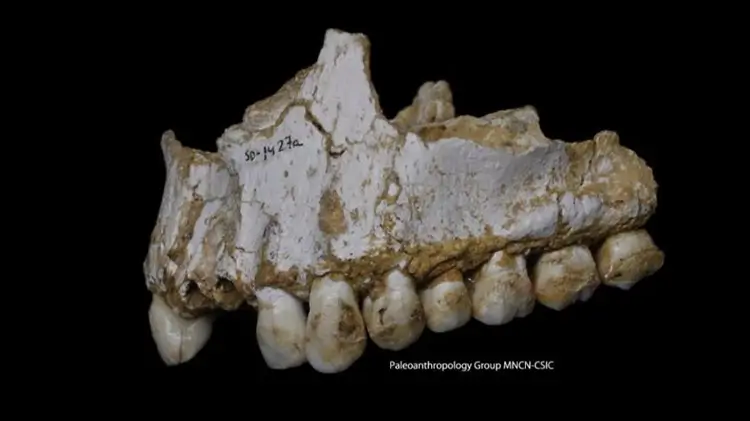
Eine andere Sache war interessant. Weyrichs Team gelang es auch, eine bestimmte Mikrobe namens Methanobrevibacter oralis vollständig zu sequenzieren, der Gene zur Resistenz gegen Antiseptika und zur Verdauung von Maltose fehlen. Im Laufe der Zeit hat sich diese Mikrobe an die Hygiene angepasst und die menschliche Ernährung verändert. Weyrichs Team berechnete, dass sich der Neandertaler-Stamm von dem des modernen Menschen vor 112.000 bis 143.000 Jahren abspaltete, was darauf hindeutet, dass die beiden Gruppen wahrscheinlich Methanobrevibacter austauschten, als sie Sex hatten.
Warum ernähren sich im Süden lebende Neandertalergruppen vegan? Wahrscheinlich, weil sie es können. Es gab eine viel freundlichere Umgebung und ein milderes Klima mit mehr Nahrungsquellen. Vegane Neandertaler sind keine moralische Gruppe von Individuen, die sich aus persönlichen Gründen für die pflanzliche Ernährung entschieden haben. Es ist eine Überlebensentscheidung. Wenn neben unserer Höhle etwas wächst, das wir essen können, würden wir dann auf die Jagd gehen? Durch die Anwendung optimaler Futtersuchstrategien haben wir die Antwort. Neandertaler lebten anatomisch eher vegan als Fleischfresser, doch in den nördlichen Gebieten herrschte während der Eiszeit ein raues Klima und sie mussten sich anpassen, was einige Zeit in Anspruch nahm. Sowohl der Neandertaler als auch der moderne Mensch haben sich aus dem Homo erectus entwickelt. Homo erectus war eine Pflanzenfresserart. Die frühesten bekannten Migrationswellen von H. Erectus nach Eurasien datieren auf die Zeit vor 1,81 Millionen Jahren. Die genetische Forschung der molekularen Uhr hatte die Divergenzzeit der Abstammungslinien des Neandertalers und des modernen Menschen auf 800.000 bis 400.000 Jahre geschätzt. Aus diesem Grund glauben die meisten Wissenschaftler, dass Neandertaler über den Homo heidelbergensis abstammen. Die in Afrika verbliebene Homo erectus-Population hätte sich vor 300.000 Jahren oder früher über den intermediären Homo rhodesiensis zum anatomisch modernen Menschen entwickelt.
Der Neandertaler entwickelte sich in Europa und der Mensch in Afrika, und es gibt einige kleine physiologische Unterschiede. Homo sapiens haben kleinere tonnenförmige Brustkorb und schmales Becken. Neandertaler hatten einen glockenförmigen Oberkörper mit breiterem Becken. Die herkömmliche Erklärung war, dass Neandertaler aufgrund des kälteren Klimas mehr Sauerstoff benötigten und ihr Körper daher über ein größeres Atmungssystem verfügte. Aber das ist falsch. Neandertaler lebten vor 300.000 bis 30.000 Jahren im kalten Klima Eurasiens und ließen sich an Orten wie dem Polarural und Südsibirien nieder. Mitten im Tundra-Winter, in dem es keine pflanzlichen Nahrungsquellen gab, blieb tierisches Fleisch aus Fett und Eiweiß die einzige Energiequelle. Obwohl das Fett leichter verdaulich ist, ist es bei Kälte knapp. Beutetiere verbrannten im Winter ihre Fettreserven und wurden deutlich schlanker.
Protein stellt große Anforderungen auf die Nieren und die Leber, um einen Teil der toxischen Nebenprodukte zu entfernen, die bei der Verbrennung zur Energiegewinnung entstehen. Der Mensch hat eine Proteinobergrenze von 35 bis 50 Prozent der Kalorien in seiner Ernährung. Wenn wir viel mehr essen, kann das gefährlich sein. Der Körper der Neandertaler fand einen Weg, mehr Eiweiß zu verwerten, indem er die Leber und die Nieren vergrößerte. Brust- und Beckenbereich verbreiterten sich ebenfalls, um diese vergrößerten Organe unterzubringen, was ihnen ein unverwechselbares Aussehen verlieh. Die heutigen Inuit ernähren sich zeitweise ausschließlich von Fleisch und haben größere Lebern und Nieren sowie längere Rippen als der Durchschnittseuropäer. Um die Fettknappheit zu überleben, spezialisierten sich die Neandertaler zweifellos auch auf die Jagd nach massiven Tieren wie Mammuts. Sie behalten ihr Fett unter schlechten Bedingungen länger und benötigen weniger Energie und Geschwindigkeit zum Töten als kleinere, schnellere Beutetiere. Mammuts sind zu groß, um zu entkommen oder auszuweichen, und wir brauchen nur ein einziges Tier zu töten, um monatelang zu schlemmen, weil das Fleisch bei konstanten Minusgraden nicht verdirbt. Aber als diese Megabestien verschwanden, hatten die Neandertaler wahrscheinlich Mühe, kleinere, schnellere Beutetiere zu jagen. Im südlichen Teil Spaniens gingen sie den alten veganen Weg.
Was sagt uns das alles über uns? Wir hatten in den Jahrtausenden, in denen wir im eiszeitlichen Nordklima lebten, nicht die Möglichkeit, uns in gewissem Umfang an eine fleischreiche Ernährung anzupassen. Wir haben uns in Afrika aus einer planbasierten veganen Abstammung von 60 Millionen Jahren entwickelt. Der moderne Mensch verließ Afrika erstmals vor 100.000 Jahren in einer Reihe von langsamen Migrationswellen und kam vor etwa 80.000-90.000 Jahren in Südeuropa an.
Was ist also die echte Paläo-Diät?
Verweise:
Ausgewählte Passagen aus einem Buch: Pokimica, Milos. Zum Veganer werden? Rückblick auf die Wissenschaft Teil 1. Kindle-Ausgabe, Amazon, 2018.
Zusammenhängende Posts
Haben Sie Fragen zum Thema Ernährung und Gesundheit?
Ich würde gerne von Ihnen hören und sie in meinem nächsten Beitrag beantworten. Ich freue mich über Ihren Beitrag und Ihre Meinung und freue mich darauf, bald von Ihnen zu hören. Ich lade Sie auch dazu ein Folgen Sie uns auf Facebook, Instagram und Pinterest für weitere Inhalte zu Ernährung und Gesundheit. Sie können dort einen Kommentar hinterlassen und sich mit anderen Gesundheitsbegeisterten austauschen, Ihre Tipps und Erfahrungen teilen und Unterstützung und Ermutigung von unserem Team und unserer Community erhalten.
Ich hoffe, dass dieser Beitrag für Sie informativ und unterhaltsam war und dass Sie bereit sind, die gewonnenen Erkenntnisse anzuwenden. Wenn Sie diesen Beitrag hilfreich fanden, dann es teilen mit Ihren Freunden und Familienangehörigen, die ebenfalls davon profitieren könnten. Man weiß nie, wer auf seinem Weg zur Gesundheit vielleicht etwas Anleitung und Unterstützung braucht.
– Das könnte Ihnen auch gefallen –

Über Ernährung Lernen
Milos Pokimica ist Doktor der Naturheilkunde, klinischer Ernährungsberater, Autor für medizinische Gesundheit und Ernährung sowie Berater für Ernährungswissenschaften. Autor der Buchreihe Zum Veganer werden? Rückblick auf die Wissenschafter betreibt auch das Natürliche Gesundheit website GoVeganWay.com
Medizinischer Haftungsausschluss
GoVeganWay.com bietet Ihnen Rezensionen der neuesten Ernährungs- und Gesundheitsforschung. Die bereitgestellten Informationen stellen die persönliche Meinung des Autors dar und sind weder als Ersatz für professionelle medizinische Beratung, Diagnose oder Behandlung gedacht noch impliziert. Die bereitgestellten Informationen dienen ausschließlich Informationszwecken und sollen nicht als Ersatz für die Beratung, Diagnose und/oder medizinische Behandlung durch einen qualifizierten Arzt oder Gesundheitsdienstleister dienen.Ignorieren Sie niemals professionellen medizinischen Rat oder verzögern Sie die Suche nach medizinischer Behandlung, weil Sie etwas auf GoVeganWay.com gelesen oder über GoVeganWay.com darauf zugegriffen haben
Nehmen Sie NIEMALS Änderungen im Lebensstil oder irgendwelche Änderungen vor, die eine Folge von etwas sind, das Sie auf GoVeganWay.com gelesen haben, bevor Sie einen zugelassenen Arzt konsultieren.
Bei einem medizinischen Notfall rufen Sie sofort einen Arzt oder die Notrufnummer 911 an. GoVeganWay.com empfiehlt oder unterstützt keine bestimmten Gruppen, Organisationen, Tests, Ärzte, Produkte, Verfahren, Meinungen oder andere Informationen, die darin erwähnt werden könnten.
Herausgeber-Tipps –
Milos Pokimica ist Autor für Gesundheit und Ernährung sowie Berater für Ernährungswissenschaften. Er ist Autor einer Buchreihe. Zum Veganer werden? Rückblick auf die Wissenschafter betreibt auch das Natürliche Gesundheit website GoVeganWay.com
Neueste Artikel –
Top-Gesundheitsnachrichten – ScienceDaily
- MIT scientists strip cancer of its sugar shieldam Dezember 23, 2025
Scientists at MIT and Stanford have unveiled a promising new way to help the immune system recognize and attack cancer cells more effectively. Their strategy targets a hidden “off switch” that tumors use to stay invisible to immune defenses—special sugar molecules on the cancer cell surface that suppress immune activity. Early tests show it can supercharge immune responses and outperform current antibody therapies.
- Scientists find a weak spot in deadly fungus that shut down hospital intensive care unitsam Dezember 23, 2025
A deadly hospital fungus that resists nearly every antifungal drug may have an unexpected weakness. Researchers discovered that Candida auris activates specific genes during infection to hunt for nutrients it needs to survive. This insight came from a new living-host model that allowed scientists to watch the fungus in action. The findings could eventually lead to new treatments or allow current drugs to be repurposed.
- This ultra-sensitive imaging system can spot cancer earlieram Dezember 23, 2025
A new imaging technology can distinguish cancerous tissue from healthy cells by detecting ultra-weak light signals. It relies on nanoparticles that bind to tumor markers, making cancerous areas easier to identify. The system is far more sensitive than existing tools and could speed up cancer screening. Scientists believe it may help detect tumors earlier and reduce delays in diagnosis.
- Hidden brain maps that make empathy feel physicalam Dezember 23, 2025
When we watch someone move, get injured, or express emotion, our brain doesn’t just see it—it partially feels it. Researchers found eight body-like maps in the visual cortex that organize what we see in the same way the brain organizes touch. These maps help us instantly understand actions, emotions, and intentions in others. The discovery sheds light on human empathy and opens doors for new brain-based therapies and AI systems that better understand the body.
- Are they really listening? Watch their blinksam Dezember 23, 2025
Your eyes may reveal when your brain is working overtime. Researchers found that people blink less when trying to understand speech in noisy environments, especially during the most important moments. The effect stayed the same in bright or dark rooms, showing it’s driven by mental effort, not light. Blinking, it turns out, is a quiet marker of focused listening.
- This cancer-fighting molecule took 50 years to buildam Dezember 22, 2025
MIT scientists have achieved the first-ever lab synthesis of verticillin A, a complex fungal compound discovered in 1970. Its delicate structure stalled chemists for decades, despite differing from related molecules by only two atoms. With the synthesis finally complete, researchers created new variants that showed strong activity against a rare pediatric brain cancer. The breakthrough could unlock an entire class of previously unreachable cancer-fighting molecules.
- A new drug could stop Alzheimer’s before memory loss beginsam Dezember 22, 2025
New research suggests Alzheimer’s may start far earlier than previously thought, driven by a hidden toxic protein in the brain. Scientists found that an experimental drug, NU-9, blocks this early damage in mice and reduces inflammation linked to disease progression. The treatment was given before symptoms appeared, targeting the disease at its earliest stage. Researchers say this approach could reshape how Alzheimer’s is prevented and treated.
PubMed, #Vegane Diät –
- Comparing diet-related attitudes, perceptions, and behaviors of vegan and omnivorous adults: results from a cross-sectional survey study in Germanyam Dezember 22, 2025
CONCLUSION: The findings are consistent with and build on existing research on cognitive and behavioral patterns related to a vegan diet, while at the same time yielding some additional insights. In particular, the results on significant differences in the risk-benefit perception of a vegan diet, as well as on motivations and influences regarding the decision to follow a vegan diet provide an important basis for the development of public health interventions and a foundation for further […]
- Assessment of vitamin A, vitamin B2, vitamin B12, vitamin K, folate, and choline status following 4 months of multinutrient supplementation in healthy vegans: a randomised,…am Dezember 19, 2025
CONCLUSION: A multinutrient supplement containing 82 µg of vitamin B(12) per day significantly positively affected vitamin B(12) blood biomarkers in healthy vegans.
- Exploring the synergistic potential of pH and ultrasonication on the functional properties of pea and lentil protein isolates and its formulation in food productam Dezember 15, 2025
The substitution of meat proteins with plant-based proteins from various sources is often motivated by nutritional considerations. However, the inherent limited solubility of plant proteins, which results in suboptimal techno-functional properties, remains a persistent challenge in food formulation. The purpose of this study was to utilize unique properties of pea (Pisum sativum L.) and lentil (Lens culinaris) through ultrasonication and pH variation in order to develop a stable and […]
- Healthful and Unhealthful Plant-Based Diets and Their Association with Cardiometabolic Targets in Women Diagnosed with Breast Cancer: A Cross-Sectional Analysis of a Lifestyle Trialam Dezember 11, 2025
CONCLUSIONS: Maintaining cardiometabolic risk factors within normal ranges is clinically relevant in BCS, and this may be more likely when a plant-based diet is consumed, especially if low in unhealthy plant foods.
- Functional and Nutritional Properties of Lion’s Mane Mushrooms in Oat-Based Desserts for Dysphagia and Healthy Ageingam Dezember 11, 2025
Hericium erinaceus (Lion’s Mane mushroom) is a medicinal species recognised for its neuroprotective and antioxidant properties. This study investigated its potential as a functional ingredient in oat milk-based desserts formulated for individuals with dysphagia. Freeze-dried Lion’s Mane powder (LMP), containing high-quality protein (~16%, amino acid score 88%), dietary fibre (~31%), and phenolic compounds (72.15 mg GAE/g), was incorporated at varying levels using gelatin or iota-carrageenan […]
Zufällige Beiträge –
Beliebte Beiträge -
Neuestes von PubMed, #pflanzliche Ernährung –
- Associations Between Healthy and Plant-Based Dietary Patterns and Cognitive Reserve: A Cross-Sectional Analysis of the 1946 British Birth Cohortvon Kelly C Cara am Dezember 23, 2025
CONCLUSIONS: CR was positively associated with healthy dietary patterns and inversely associated with unhealthful plant-based dietary patterns. Diet uniquely explained variations in CR and should be considered among influential lifestyle factors in future research. Longitudinal analyses are needed to confirm these findings.
- Patient-Reported Observance of a Mediterranean Diet and Physical Activity in Patients Living with Breast Cancer: Implications for Primary Care Providersvon Lydia Hesseltine am Dezember 23, 2025
CONCLUSION: The majority of patients living with breast cancer did not meet the minimal national recommendations. These findings underscore the need for further research to develop strategies to optimize nutrition and physical activity within oncology and primary care settings.
- Dietary Hydrilla verticillata extract enhances growth and immune defense against Aeromonas hydrophila in Labeo rohitavon Faiza Khanam am Dezember 23, 2025
This study investigated the effects of dietary Hydrilla verticillata extract (HVE) on growth performance, physiological responses, and disease resistance in Labeo rohita fingerlings subjected to Aeromonas hydrophila challenge. Following acclimatization, the fish were divided into 15 tanks at random (30 fish per tank) and given five different diets that contained 0, 75, 150, 300, or 600 mg/kg HVE for 60 days. Growth was significantly (P
- Dietary quercetagetin attenuates H2O2-induced oxidative damage and preserves meat quality in broilers by modulating redox status and Nrf2/ferroptosis signaling pathwayvon Wenyue Hu am Dezember 22, 2025
In modern poultry production, oxidative stress has emerged as a pivotal factor compromising the health status and overall performance of broiler. The aim of this study was to investigate the effects of dietary quercetagetin (QG) supplementation on hydrogen peroxide (H(2)O(2))-induced oxidative damage in breast muscle of broilers, focusing on growth performance, meat quality, and antioxidant function, and elucidating the underlying mechanisms. Two hundred and forty one-day-old Cobb broilers […]
- Effects of dietary selenium supplementation on physiological parameters, tissue fatty acid composition, and fatty acid-metabolism relative gene expression of grouper (Epinephelus coioides) fed high…von Yen-Chun Lee am Dezember 22, 2025
The present study evaluated the effects of dietary selenium (Se) supplementation on growth performance, physiological responses, tissue fatty acid profiles, and the expression of genes related to fatty acid metabolism in juvenile grouper (Epinephelus coioides). A control diet based on soy protein concentrate, replacing 40% of the fish meal protein, was supplemented with graded levels of Se at 0, 0.3, 0.6, and 1.0 mg Se kg^(-1). A fish meal-based reference diet was also included for […]
- Unravelling the interaction between feeding regimens and milking time in Parmigiano Reggiano PDO milk: an integrated metabolomics and ion mobility lipidomics approachvon Pier Paolo Becchi am Dezember 22, 2025
In this study, an integrated approach based on UHPLC-HRMS metabolomics and IM-HRMS lipidomics has been carried out to unravel the interaction between feeding and milking time in the overall chemical profile of Parmigiano Reggiano (PR) milk. Specifically, ANOVA multiblock OPLS (AMOPLS) modelling revealed the complementarity of the assays in combining the effect of these two critical parameters. In particular, metabolomics highlighted the presence of plant-derived compounds (mainly terpenoids […]
